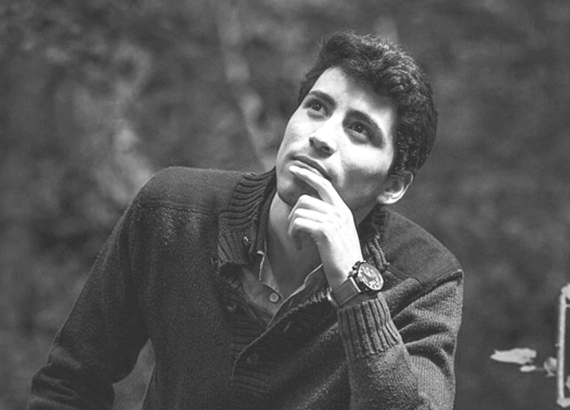Mindfulness 101: The Basics

Author: Rebecca Blankenship
What is mindfulness? Are you living mindfully? Mindfulness is a word we hear pretty often in popular culture today, but what does it mean? Put simply, mindfulness is an attempt to be in the present moment. Mindfulness is being aware of the environment around us as well as our inner experiences of our current thoughts, feelings, and bodily sensations.
Often we are more likely to experience anxiety, depression, and mood symptoms when we focus on the future or the past rather than our present. For some, worry about the future and the “what if” can be very distressing. For others, thoughts about negative past experiences or regrets make it difficult to move forward into the present. Mindfulness says let’s be right here, right now.
While there is power in mindfulness, many of us spend so much of our lives mindlessly, on autopilot. Maybe it’s driving the same route to work, staring at a screen instead of engaging with others around us, or walking down a path and focusing on our ever growing to do list rather than our surroundings. What would it be like if instead, we practiced mindfulness, did one thing at a time, and became aware of our surroundings and inner experiences? Research, work with clients, and my own personal experience shows that when we are mindful we have more stable moods and are better equipped to find acceptance, or even joy, in our present circumstances. Mindfulness is a common factor in many therapeutic approaches, including cognitive behavioral therapy and dialectical behavioral therapy.
Whether you are new to mindfulness or have been practicing the skill for some time, here are a few simple ways to tap into your present experiences:
- Mindfulness of the breath
Breath can be a very important part of mindfulness as it gives something to tune our attention into as well as a way to reset our brains and our bodies when overhwelmed or distressed.
Mindfulness of the breath could look like sitting still with eyes closed, or gaze softened, and being aware of your breaths as they come in and go out. Noticing how it feels for air to pass through your nostrils and feel your lungs. Being aware of the temperature of your breath. Noticing any sound associated with your breathing.
Taking it one step farther, you could count or say a phrase, (“hope,” “peace,” etc.) on each breath in and out.

- 5-4-3-2-1
This is a grounding mindfulness practice asking you to tune in and be aware of your surroundings. Maybe thoughts or feelings about the past or future are overwhelming and you just need time to reconnect to where you are in the present.
Starting with five, you notice five things that you can see around. Note the colors, shapes, and sizes of these items.
Next, pay attention to four things you feel against your body. Notice the temperature and texture of these things.
Next, listen closely to three things you hear around you. Pay attention to the tone and volume of these sounds as well as how far away they are from you. Maybe the sounds are continuous or they stop and start.
Next, notice two things that you can smell. Notice what type of scent it is, is it floral, citrus, woodsy? If you have a hard time identifying smells, sniff your clothing and see if you can detect your own laundry detergent or fabric softener.
Lastly, notice one thing that you can taste. Maybe you have an aftertaste from a recent snack or a sip of tea you could take at this moment. If you can’t taste anything, notice the absence of taste.

- Mindfulness of your thoughts
Mindfulness of inner experiences, such as thoughts and feelings, can be even more challenging than mindfulness of breath or external environment. However, these practices can also be very helpful in sorting out inner experiences and feeling less overwhelmed by them.
Mindfulness of thought exercises ask you to be aware of each of your thoughts, not pushing them out of your awareness but also not holding on to them.
Guided imagery practices can be utilized to practice mindfulness of thoughts. This may look like imaging your thoughts coming down an assembly line. You try to keep the assembly line going at the same pace to give each thought the same space in your mind. It’s okay if the same thought goes down the line more than once.
You can take this a step further, by sorting your thoughts into different boxes or crates based on category of thought. Maybe you would have a box for “worry” thoughts, a box for “pleasant” thoughts, and a box for “what’s for dinner” thoughts depending on your experience with this exercise. This style of mindfulness practice is adapted from The DBT Skills Training Manual by Marsha Linehan (2015).
As always with mindfulness practices it is important to remember that the goal is not to complete the exercise perfectly. It is natural to get distracted by other things. When this happens, just notice that you have been distracted and gently bring yourself back to your practice.
Reference
Linehan, M. (2015). DBT skills training manual (2nd ed.). The Guilford Press.




